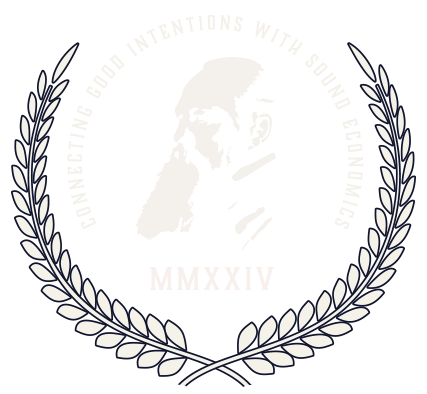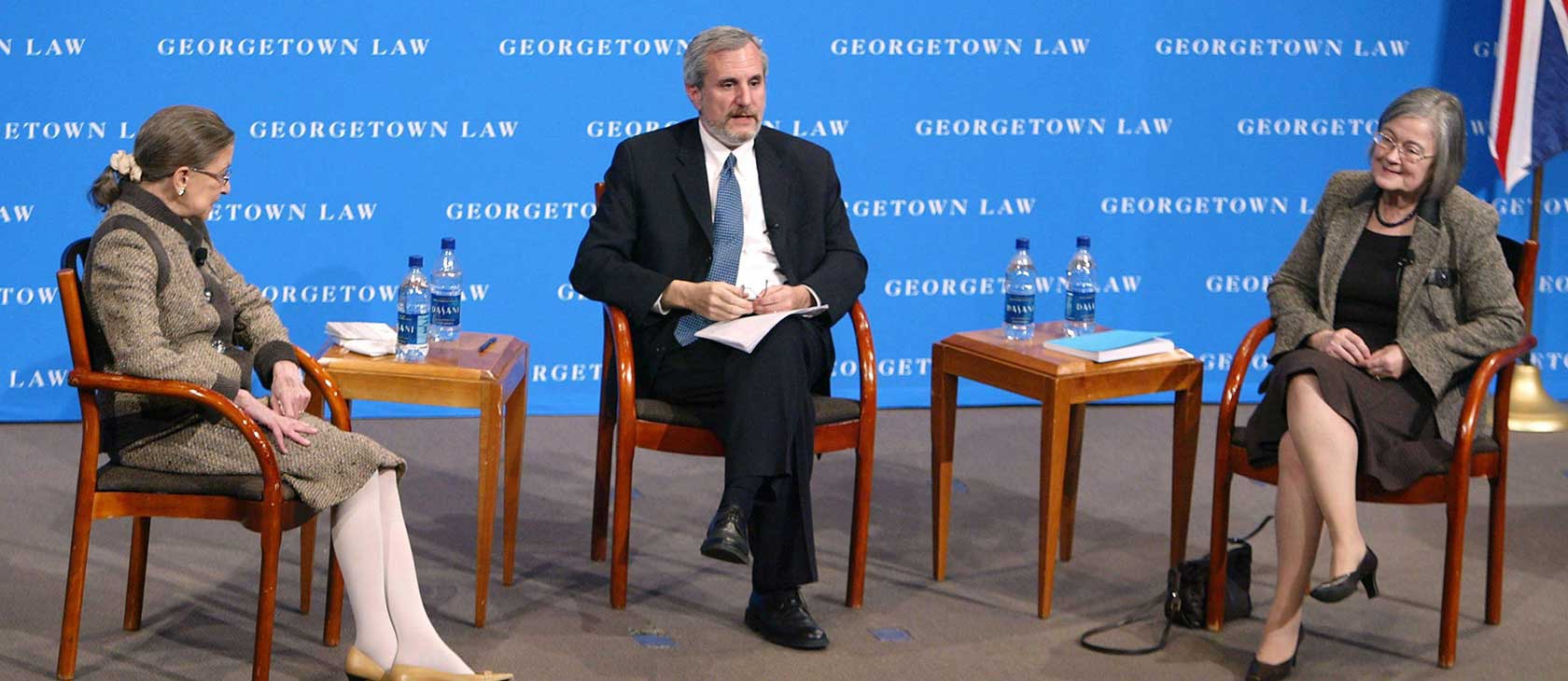Since the signing of the Magna Carta in 1215, the democratic institutions of England (and by extension the United Kingdom) have been engaged in a careful dance with the monarch. The monarch is obligated to respect democracy and the democracy is obligated to respect the Crown’s sovereignty. This is a complex arrangement that has no analog in the United States.
So when the Supreme Court of the United Kingdom ruled that the September “prorogation” (or suspension) of Parliament was unlawful, even interested legal experts in the United States had difficulty parsing the opinion handed down on September 24. What was not difficult to see, however, was the swell of popular attention given to Lady Brenda Hale, the president of the Supreme Court of the United Kingdom. To many, the ruling that she read seems to have been invented for the purposes of the outcome.
Hale and Ginsburg have proven willing to use their positions to advance social positions of the left that require the creation of law rather than deference to it.
Most judges never attain celebrity status, but Lady Hale has secured a rare popular prominence that is not unlike that of Justice Ruth Bader Ginsburg, an American judge of similar jurisprudential and social sensibilities. Lady Hale is more than a decade Justice Ginsburg’s junior, but the similarities between them are remarkable. Both were law professors at some of the most prestigious institutions in their countries, both married eminent legal scholars, and both served as judges on lower courts before being seated on their nations’ highest courts. Lady Hale is Beyoncé to Ginsburg’s Notorious B.I.G. Both are peculiarly noted for unique fashion trends -- Lady Hale for her brooches and Justice Ginsburg for her jabots.
Plenty of judges have idiosyncrasies, but what is it about these two that have resulted in this type of status? Among so many commonalities there is the “x factor” in the formula for celebrity -- both Hale and Ginsburg have proven willing to use their positions to advance social positions of the left that require the creation of law rather than deference to it.
To be sure, both judges are accomplished and principled jurists. Ginsburg, the consistent stalwart member of the U.S. Supreme Court’s “left wing,” writes clear opinions and dissents. The directness of her language has even worked its way into pop culture in the form of “Gins-burns.” Lady Hale, too, has a long reputation for a staunchly liberal approach in her scholarship and later in her jurisprudence.
While both are careful and precise legal writers, the principles from which their decisions are derived are recent innovations in common law. What will likely become Lady Hale’s most controversial and possibly most consequential legal opinion is one in which she and the Supreme Court were willing to break with centuries-old precedent and create for the Court the power to review the subjective wisdom of a private conversation between Queen Elizabeth II and her advisers. This is something that had long been held to be non-reviewable by a court -- in what many observers view as politically motivated.
The Anglo-American common law tradition of judicial duty obligates judges to make decisions in accord with the law of the land. This may seem obvious, but what this precludes that is now far too common is the creation of law by the judiciary. The common law, which is the basis for American and English systems, privileges judicial modesty and continuity. This was absolutely vital to the maturation of the concept of the rule of law, which is one essential component of any society dedicated to justice and the common good. Judges of the persuasion of Ginsburg and Hale (which also includes some judges from the “right” end of the spectrum), have abandoned this doctrine in favor of activism. They do not always defer to existing law, but consistently reinterpret or even create law that itself represents a departure from established tradition or statutory intention. This view of the law understands it to be a tool for shaping rather than stabilizing society.
The media presents every high court case as a chance to make history by changing the law.
Unfortunately, celebrity on the basis of maverick status reveals much about the popular understanding of the role of the courts but also of the common law generally. The media presents every high court case as a chance to make history by changing the law. Universally, however, these cases should be understood as chances to make history by returning to the law. These should be decisions that don’t blaze trails but instead defer to the fundamental principles found in the words of the U.S. Constitution and in the unwritten principles and precedents of the U.K. Constitution.
The approach adopted by Hale and Ginsburg should be viewed with skepticism rather than celebration. Of course, injustice may be reflected in a statute or the justiciable action of an elected leader may be illegal, and when this happens courts should correct these things. But there must be concrete sources of law that justify such judicial findings even in these instances. In such cases there must also be some concrete source of law to provide a remedy because judge-made remedies are essentially fiat rulings that are non-reviewable through the democratic process.
While Ginsburg and Hale often write opinions with compelling internal logic, both have embraced an understanding of their power as judges to be something that far exceeds the scope of the historic duties of their offices. Not infrequently, especially in some of the most controversial cases, we see them create law rather than submit to it. This approach destabilizes society because it is detached from the democratic process. Judges are not representatives of the people, but representatives of the law created on behalf of and for the benefit of the people. Judges unwilling to adopt this approach make themselves available for those who desire to subvert the democratic in favor of the imposition of a new moral order.
As winsome as their media personas and as endearing as their personal uniqueness and occasional idiosyncrasy may be, it is dangerous to celebrate Ginsburg’s and Hale’s introduction of foreign principles into a system that has produced unrivaled (even if imperfect) conditions of liberty under the rule of law. It is hard to imagine, then, the rise of a celebrity judge who understands and acts within the confines of judicial duty. For judges who recognize this duty, the star of their courtrooms is the law, and the law does not make for good t-shirt themes and Saturday Night Live skits.













